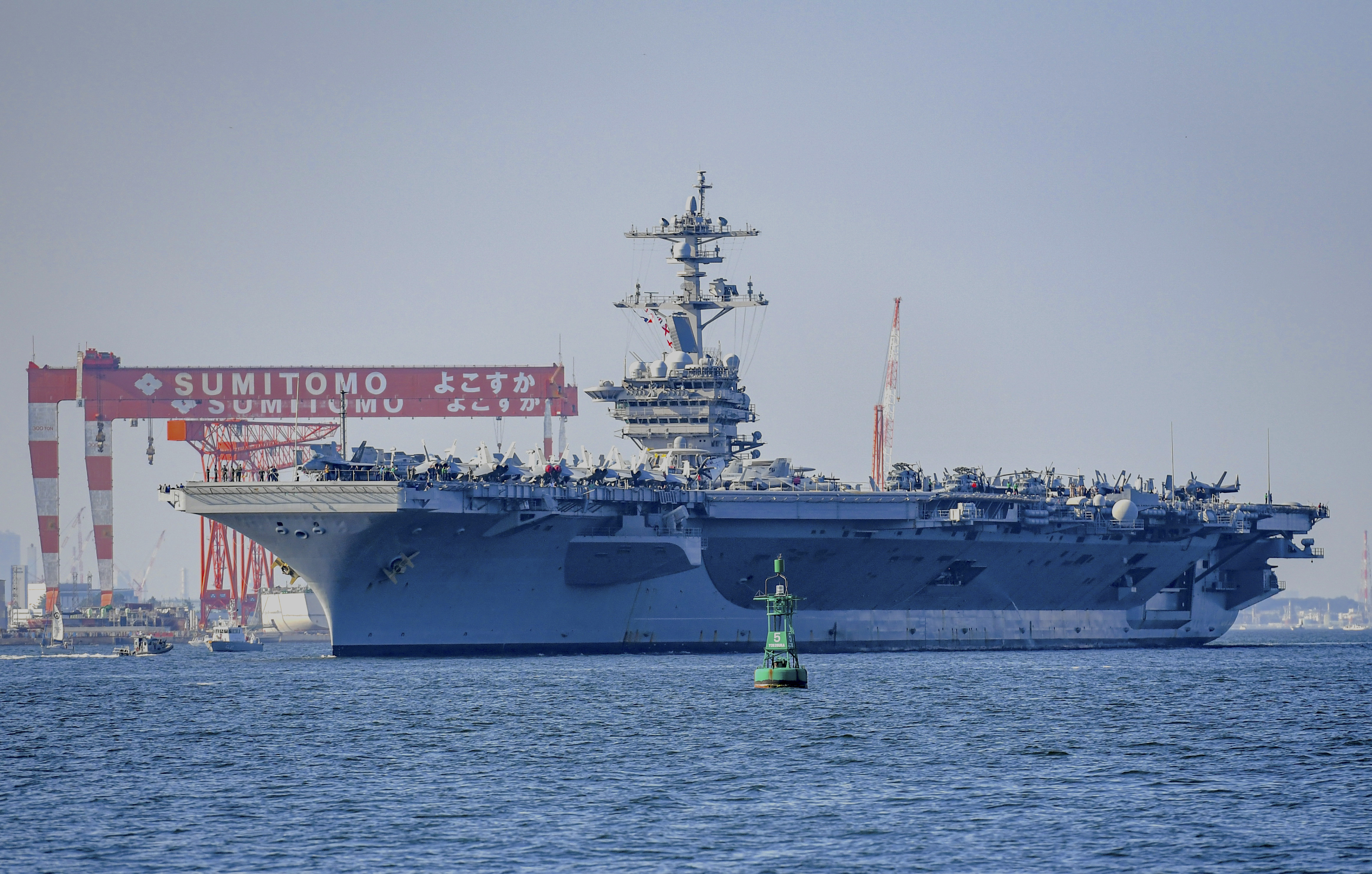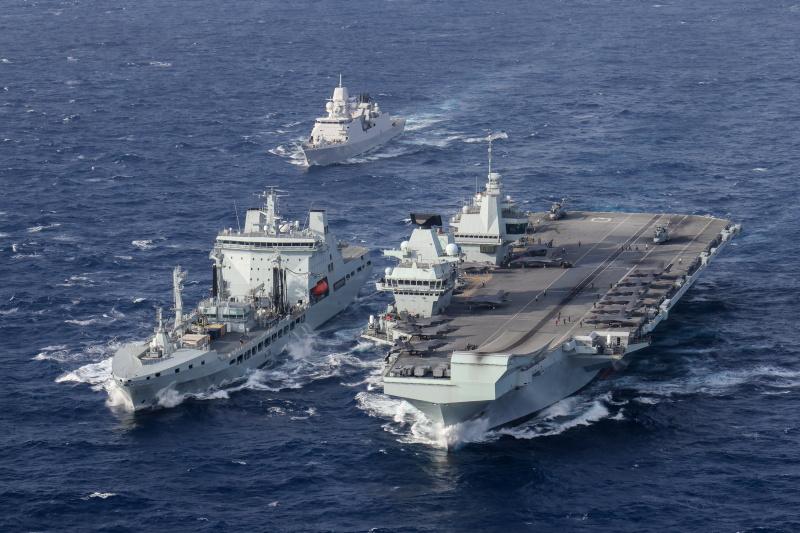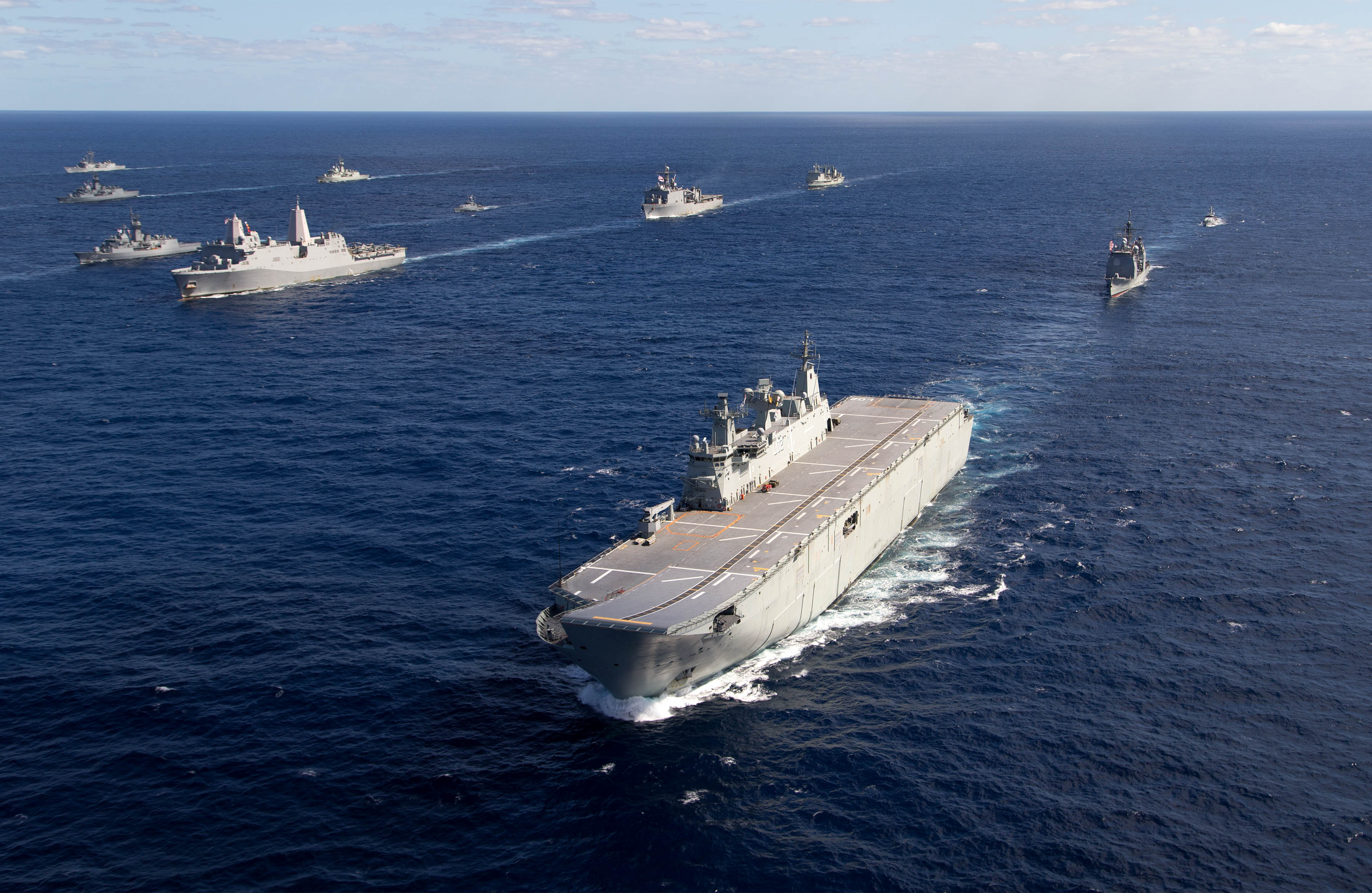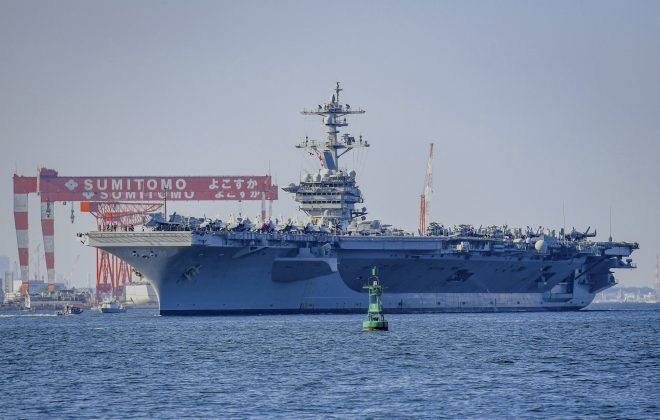U.S. should focus on countering China’s rise, says Biden
Posted September. 02, 2021 07:30
Addressing the nation on Monday, U.S. President Joe Biden defended his decision to pull U.S. troops out of Afghanistan, saying it was the “right decision, a wise decision and the best decision for America.” “The world is changing,” Biden said. “We have to shore up America’s competitiveness to meet new challenges in the competition for the 21st century.” He vowed to focus on new challenges, including China, Russia, cyberattacks, and nuclear proliferation. President Biden chose strategic competition against China as a major challenge, saying America is engaged in a serious competition with China.
Although President Biden’s address served as a justification for the U.S. withdrawal from Afghanistan, the key message of his speech was what the U.S. will focus on after the withdrawal. “America is back,” Biden declared. Some lament that America left Afghanistan but President Biden made it clear that America has returned to serve as the leader of the international community for the unity of allies to check China’s rise, not to help a country that cannot protect itself. Now that the U.S. is out of Afghanistan, it is intent using all its power to counter China’s rise.
In response, China has vowed to respond resolutely to the U.S. In an article published on Wednesday, Chinese President Xi Jinping encouraged members of the Communist Party of China (CPC) to draw strength from the Party’s great spirit to overcome difficulties and risks and secure new and greater victories. The communist spirit Xi mentioned also includes the anti-U.S. propaganda, which was the banner of its participation in the Korean War. A war that took place 70 years ago on the Korean Peninsula is being mentioned again amid intensified competition between the U.S. and China.
The competition for hegemony between our security ally and our biggest trading partner is an unprecedented challenge for Korea’s diplomacy. This is completely different from the days when we belonged to one ideological camp and one order. The U.S. will demand that we take action to counter China and China will attempt to use economic retaliation as a weapon. We cannot avoid the situation with the ambiguous rhetoric that we will harmoniously enhance economic cooperation with China, centering on ROK-U.S. alliance. A diplomatic response is necessary at a national level while speeding up efforts to realize self-reliance in security and economy. We will not be able to overcome the challenges by seeking a middle ground between the U.S. and China while taking a submissive attitude towards North Korea.

Posted September. 02, 2021 07:30
Addressing the nation on Monday, U.S. President Joe Biden defended his decision to pull U.S. troops out of Afghanistan, saying it was the “right decision, a wise decision and the best decision for America.” “The world is changing,” Biden said. “We have to shore up America’s competitiveness to meet new challenges in the competition for the 21st century.” He vowed to focus on new challenges, including China, Russia, cyberattacks, and nuclear proliferation. President Biden chose strategic competition against China as a major challenge, saying America is engaged in a serious competition with China.
Although President Biden’s address served as a justification for the U.S. withdrawal from Afghanistan, the key message of his speech was what the U.S. will focus on after the withdrawal. “America is back,” Biden declared. Some lament that America left Afghanistan but President Biden made it clear that America has returned to serve as the leader of the international community for the unity of allies to check China’s rise, not to help a country that cannot protect itself. Now that the U.S. is out of Afghanistan, it is intent using all its power to counter China’s rise.
In response, China has vowed to respond resolutely to the U.S. In an article published on Wednesday, Chinese President Xi Jinping encouraged members of the Communist Party of China (CPC) to draw strength from the Party’s great spirit to overcome difficulties and risks and secure new and greater victories. The communist spirit Xi mentioned also includes the anti-U.S. propaganda, which was the banner of its participation in the Korean War. A war that took place 70 years ago on the Korean Peninsula is being mentioned again amid intensified competition between the U.S. and China.
The competition for hegemony between our security ally and our biggest trading partner is an unprecedented challenge for Korea’s diplomacy. This is completely different from the days when we belonged to one ideological camp and one order. The U.S. will demand that we take action to counter China and China will attempt to use economic retaliation as a weapon. We cannot avoid the situation with the ambiguous rhetoric that we will harmoniously enhance economic cooperation with China, centering on ROK-U.S. alliance. A diplomatic response is necessary at a national level while speeding up efforts to realize self-reliance in security and economy. We will not be able to overcome the challenges by seeking a middle ground between the U.S. and China while taking a submissive attitude towards North Korea.

U.S. should focus on countering China’s rise, says Biden
Addressing the nation on Monday, U.S. President Joe Biden defended his decision to pull U.S. troops…
www.donga.com










